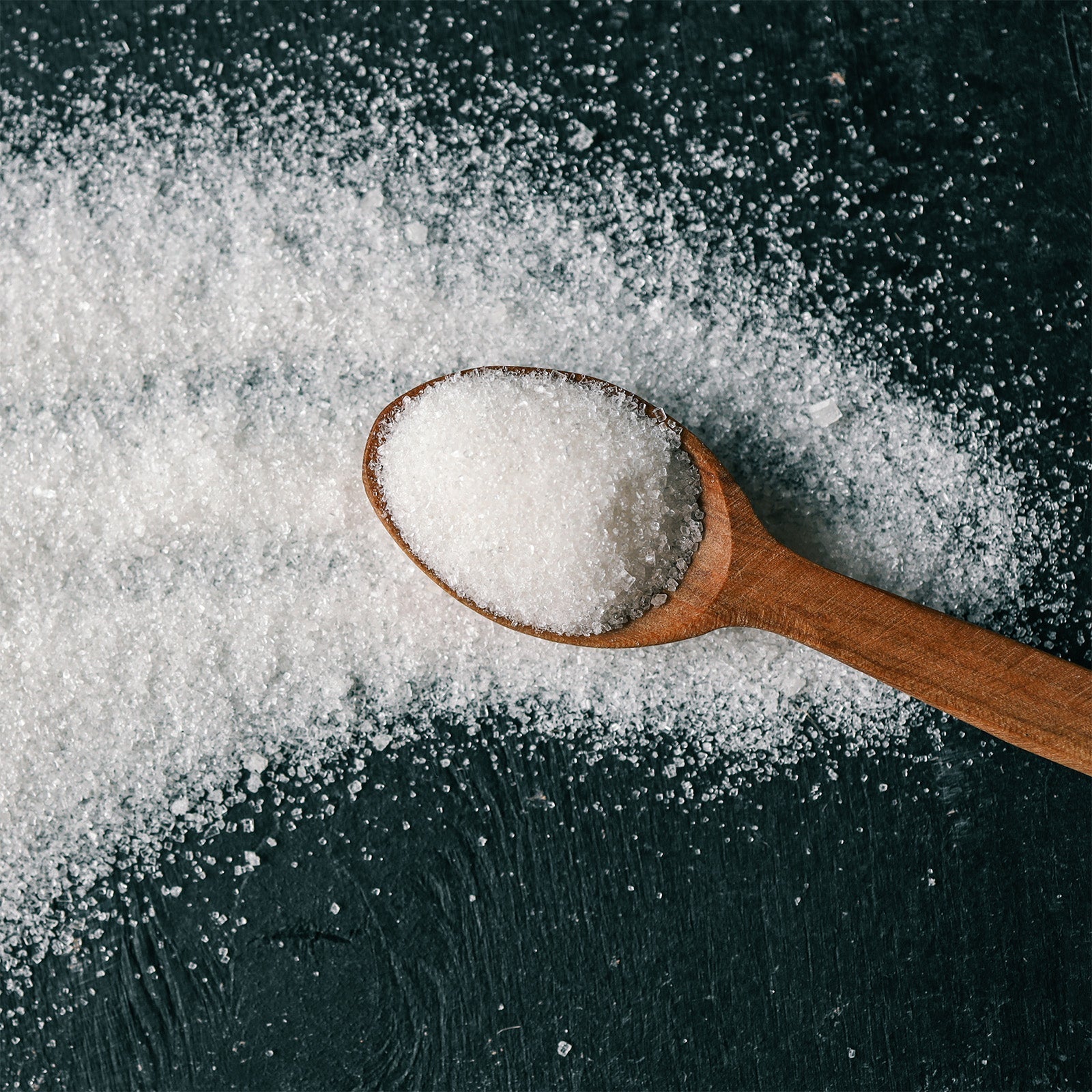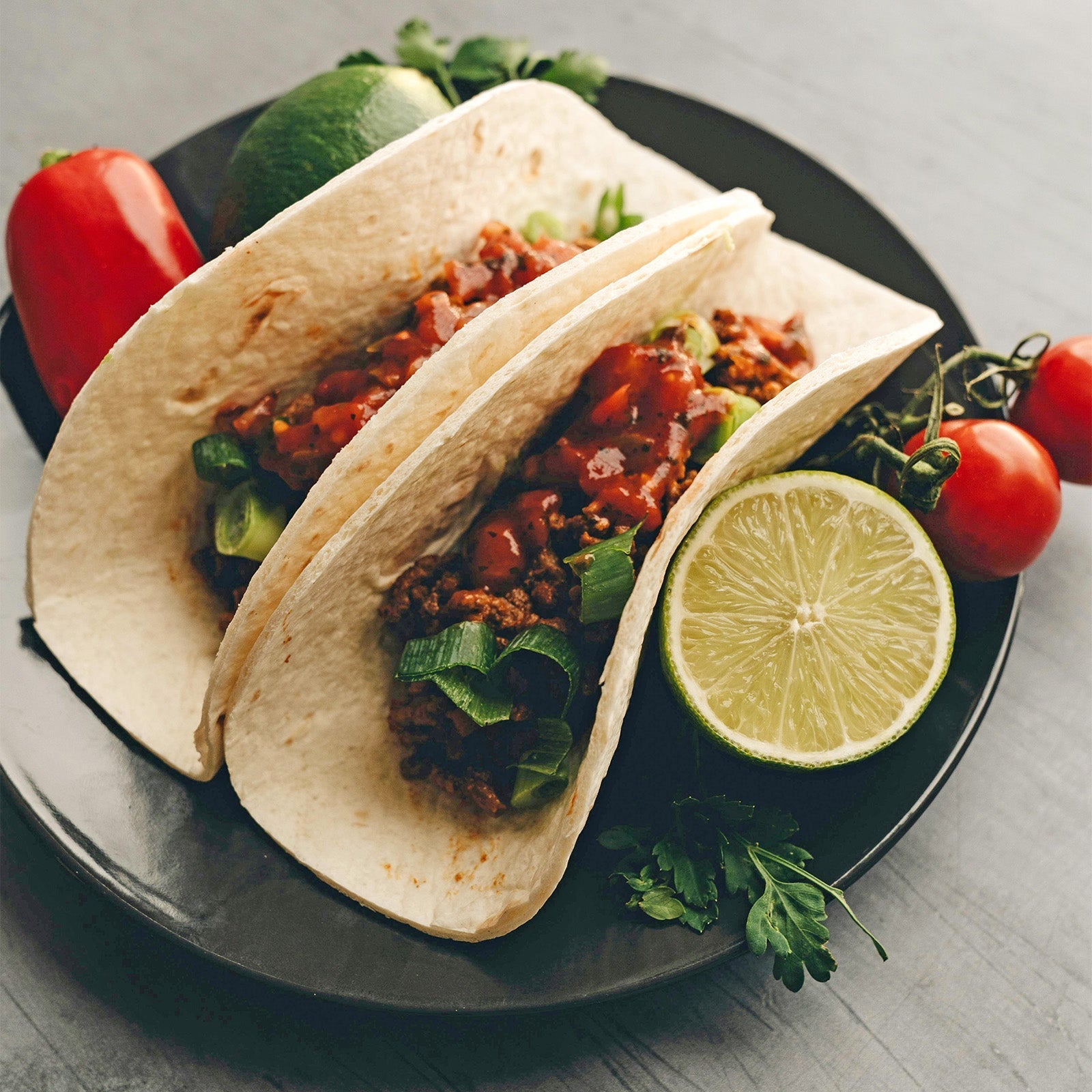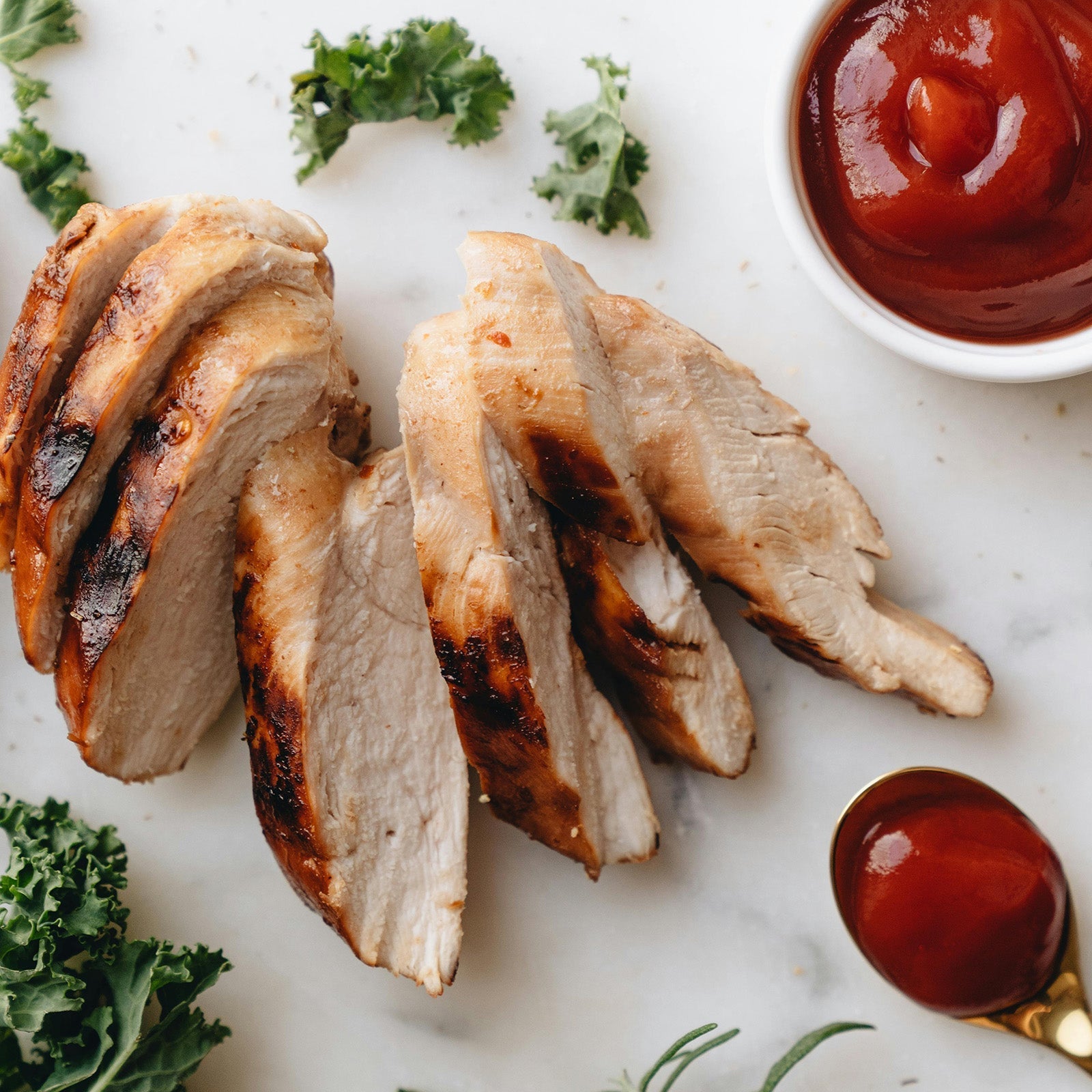
Sugar substitutes tend to come with baggage. Some taste like regret. Others raise eyebrows in wellness circles. But every once in a while, a new option comes along that gets both the dietitians and the dessert lovers curious. Lately, that spotlight belongs to Allulose — a low-calorie sweetener that tastes remarkably like sugar, but barely acts like it.
So is this the hero ingredient we’ve been waiting for? Or another trend that’s a little too sweet to be true?
Allulose is one of the few sugar substitutes that actually tastes like the real thing — without the bitter aftershock.
Let’s start with what makes it different. Allulose is a rare sugar, naturally found in things like figs, raisins, and jackfruit. It has about 70% of the sweetness of table sugar, but with a fraction of the calories — roughly 0.2 kcal per gram, compared to sugar’s 4 kcal. And unlike other low-cal options, it doesn’t have the metallic or chemical aftertaste that tends to come with stevia, erythritol, or aspartame.
Dietitians are intrigued for good reason. It doesn’t spike blood sugar or insulin levels, which makes it a potentially attractive option for people with diabetes or insulin resistance.
“Metabolically, Allulose behaves more like a fiber than a sugar.”
– nutrition scientists keep repeating this phrase for a reason.
Early research even hints that it could support fat loss and reduce visceral fat — though let’s be honest: those findings are preliminary at best, and shouldn’t be used as a license to drown everything in keto cookies.
But just because it’s promising doesn’t mean it’s perfect.
Too much Allulose can cause digestive issues — bloating, gas, or diarrhea — especially for first-time users.
Like many sugar substitutes, Allulose isn’t absorbed by the body. That’s why it doesn’t affect blood sugar — but it also means it travels to the colon intact, where it can ferment and cause GI discomfort in some people, especially at doses over 15-20g per sitting.
The FDA has granted it “Generally Recognized As Safe” (GRAS) status, and it’s now exempt from “added sugar” labeling — a big win for food brands looking to make low-sugar claims. But it’s still relatively new in the consumer market, and long-term data on high-frequency consumption is limited.
So, would we recommend it at Zina’s?
Yes — but with a caveat.
Allulose is safe for most people when consumed in moderation — but we treat it like a tool, not a loophole.
We believe sweeteners should complement a balanced diet, not compensate for it. Just because it doesn’t raise blood sugar doesn’t mean it’s a free-for-all. We’re experimenting with Allulose in sauces and dressings where a little sweetness goes a long way, especially for customers managing sugar intake. But you won’t see us replacing all our sugar with it — because whole ingredients and thoughtful formulations still matter.
Allulose is one of the most promising sugar alternatives to date. It checks a lot of boxes: taste, metabolic neutrality, FDA backing. But like any tool, it works best when used with intention — not excess.
“Safe? Yes. Smart? Only if you still eat like a human.”
And that’s the kind of sweet we can get behind.






